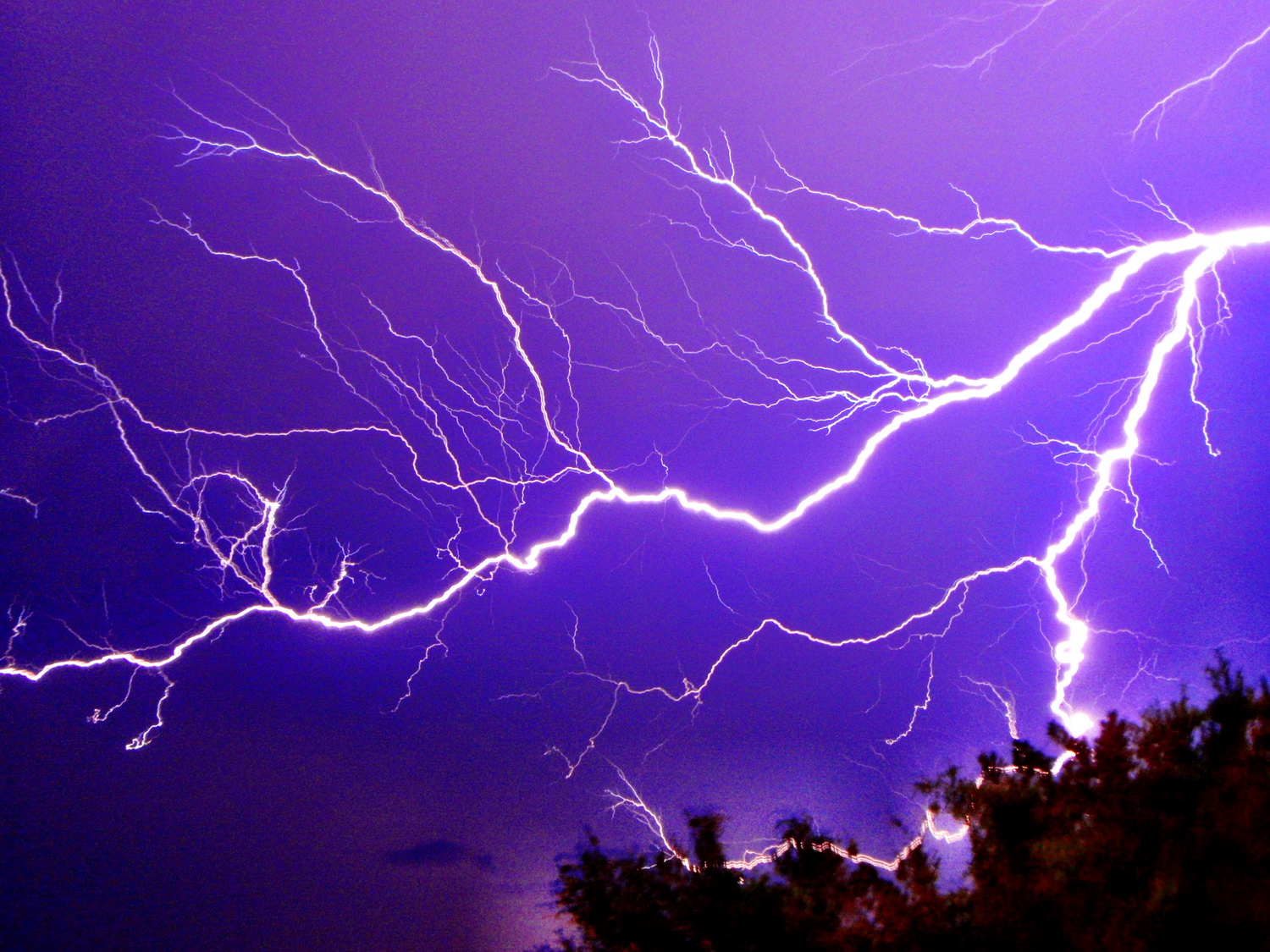LZeave it to the quantum physicists at Los Alamos National Labs to have run for the past two years something that sounded like science fiction: a quantum Internet that promises perfectly secure online communications.
While hackers have gotten much better in the past decade at intercepting alphanumeric keys used to transmit most electronic message or unlocking passwords with brute-force attacks, the Los Alamos system uses cryptography based on the intrinsic randomness of quantum physics. Its digital keys, generated by a truly random set of numbers, theoretically leave hackers with no way to figure out the key’s internal coding.
A second layer of security lies in the passage of the key to its recipient. The key is effectively transported by photons of light along a dedicated fiber optic line. Per Heisenberg’s famous uncertainty principle, hack attempts would have clear effects on those particles. As MIT Technology Review puts it, “any attempt to eavesdrop on a quantum message cannot fail to leave telltale signs of snooping that the receiver can detect.”
So while the rest of us are still prey to the spying eyes of the Chinese army, larcenous Eastern European fraudsters, or the FBI, a select research team in New Mexico can engage in snoop-proof online communication—a massive breakthrough for the security of our personal data, as well as for nationwide endeavors such as online banking and voting.
Some forms of quantum communications also exist outside the New Mexico research lab. In Switzerland, the canton of Geneva has been using quantum cryptography since 2007 to prevent tampering with online voting in federal and regional elections. In the canton, the actual vote tally is encrypted at a central vote counting station and the results are transferred along a dedicated optical fiber line to a data storage facility. The vote results are secured via a quantum cryptopgraphy system pioneered by Swiss network security company ID Quantique. “In Geneva, we protect the part that is most vulnerable, the passage of the vote tally from the counting station to the government data center,” says Kelly Richdale, the company’s vice president of network encryption.
ID Quantique also has several big banking and government clients, which it cannot name for security purposes, who pay as much as tens of thousands of euros annually to secure data in a hack-proof environment, using quantum cryptography.
There are some drawbacks to quantum computing, beyond the price. At the moment, messages travel only from point A to point B; today’s routers cannot forward the messages to a third party. (The Los Alamos team is trying to develop a multipoint quantum network). Researchers are still working out the kinks of getting encrypted quantum keys in the possession of multiple parties to set up, say, secure three-way online videoconferencing.
A further drawback: The farther a quantum network’s photons have to travel, the more they degrade, meaning that distances may lose vital bits of the key and render the message unrecoverable. So far, ID Quantique says, lab results suggest quantum messages can be sent as far as you can send a quantum message: as far as 200 kilometers, roughly 124 miles.
The Los Alamos news suggests we are on the breakthrough of a radical new networked-computing architecture that should make our details more secure online. It doesn’t yet come with skeleton keys.



